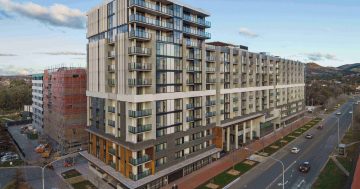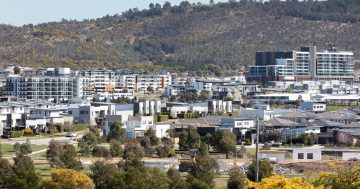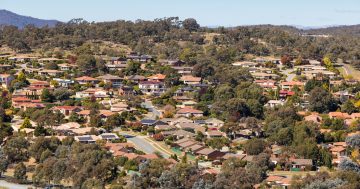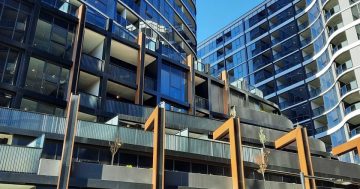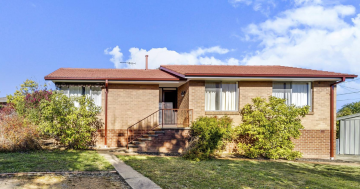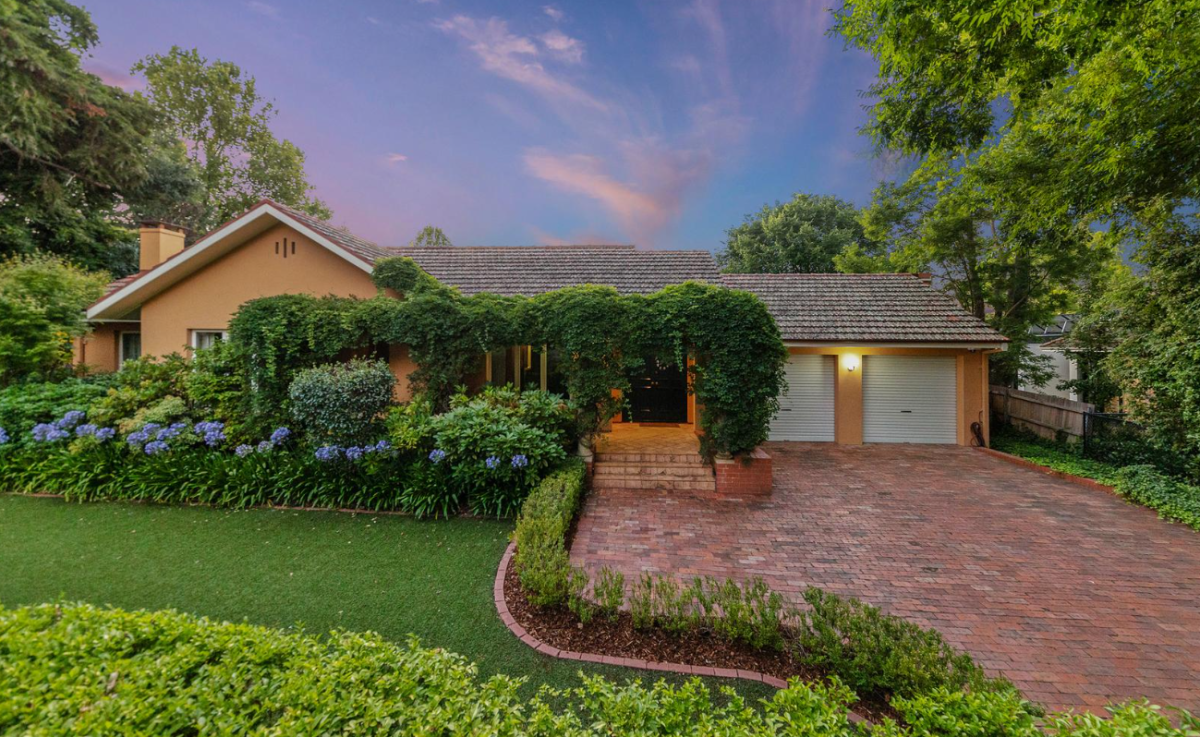
Top seller: 6 Grant Crescent in Griffith sold for $4.75 million at the weekend. Photo: Blackshaw Manuka.
Canberra was the only capital city housing market where home values went backwards in July, albeit ever so slightly.
According to CoreLogic’s Home Value Index, Canberra’s overall home values slipped 0.1 per cent to a median value of $839,500. That brought to a halt a couple of monthly rises in a row.
Houses fell 0.3 per cent to a median of $958,950, but units and townhouses went up 0.6 per cent to a median of $600,800.
For the quarter, houses were still up 0.8 per cent while units were just 0.3 per cent in the black.
While Canberra may have stood out from the rest of the capital cities, the rate of growth in those markets is slowing from the national 1.2 per cent increase in May, especially in Sydney.
This is mainly due to interest rate rises, more listings and the ongoing uncertainty of whether the Reserve Bank will declare its war on inflation won or not.
Independent principal Mark Wolens said positive news today (1 August) on that front would boost the local market, which he said was still “trooping along quite nicely”, given it was the middle of winter.
What had happened was buyers’ budgets had come back as interest rates and living costs rose, and borrowing capacity fell.
“Those looking at $1.2 million to $1.3 million a year ago are looking at $850,000 to $900,000 now,” Mr Wolens said.
That pushes many away from houses and land towards units and townhouses, which are holding their value quite strongly.

While Canberra may have stood out from the rest of the capital cities, the rate of growth in those markets is slowing. Data: CoreLogic.
But Mr Wolens said there was still demand in the market, demonstrated by a strong turnout recently for an ex-guvvie in Holt priced in the mid to high $700,000s.
“If I had 10 good basic three-bedroom homes we’d sell them today,” he said.
But the reasonably good number of listings was beginning to fall and there were not a lot of apartments in the pipeline due to developers holding off as they weigh construction costs.
The other rates-based factor was sellers holding on to properties because they could not afford to buy without offloading their current home.
But Mr Wolens said there are some investors selling off rental properties due to land tax and other charges, and the new lease conditions. They were going to be live-in buyers.
At the top end of the market, where buyers are less worried about interest rates, there were weekend sales of $4.75 million for a property in Griffith and $2.35 million in Braddon, both after long stints in their owners’ hands.
The four-bedroom home at 6 Grant Crescent on a 1392-square-metre block sold by Mario Sanfancesco at Blackshaw Manuka was last sold in 1993 for $400,000.
The four-bedroom Braddon property on a dual occupancy block of 593 sqm at 11 Farrer Street, auctioned by Independent, last sold in 2001.
Most expect the Reserve Bank to mark time on interest rates today, given the latest inflation data, but CoreLogic Research Director Tim Lawless said even with interest rates potentially stabilising, borrowers weren’t yet out of the woods.
Many will come off fixed rates to variable in coming months and mortgage arrears were likely to lift through the second half of the year, but from near record lows, he said.
And rates were unlikely to fall any time soon.
Fortunately, the labour market is strong and Canberra’s high relative wages will not just sustain borrowers but also keep potential buyers in the market.
Migration looks likely to support demand in coming years, especially with supply failing to keep pace. That will keep prices high.














